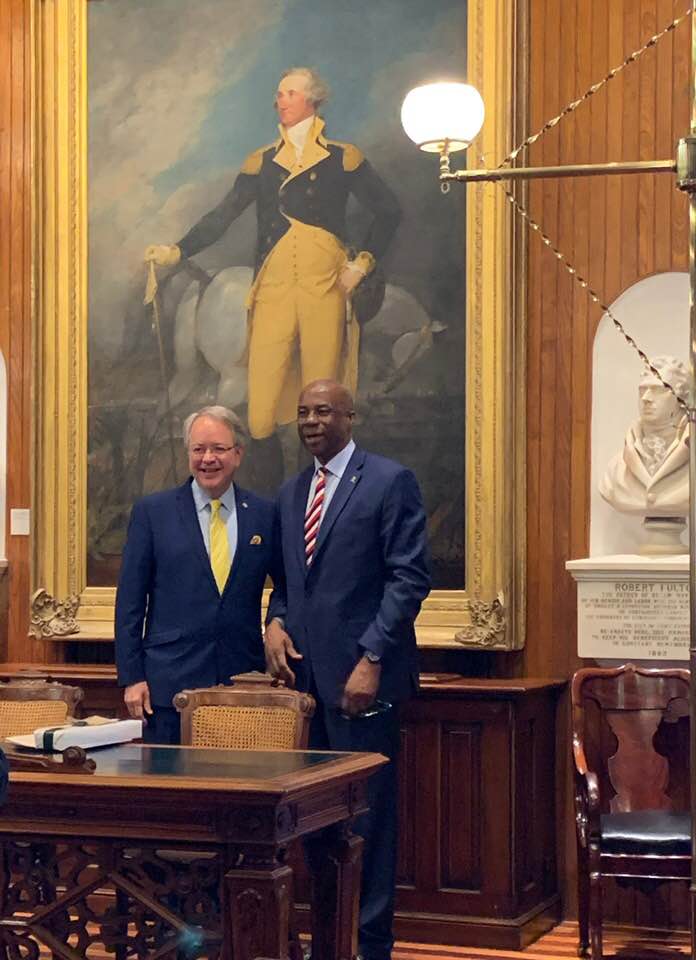We all know that Charleston’s Charm largely stems from walking along the cobblestone streets, gazing into the multicolored Antebellum mansions, sitting beneath sweeping Spanish moss trees. However, many don’t know that some of the city’s iconic staples initially originated in the islands of Barbados.
The British landed in Barbados in 1627 where they settled and developed sugarcane plantations. In the 1660’s, land had become scarce (not to mention expensive), so Barbados planters set out on an expedition north, looking for an area to expand their operations– after all, the island is only 166 square miles.
In 1670, three ships sailed up the Ashley River reached Albemarle Point – which is now known as the state historic site of Charles Towne Landing. The planters settled in Goose Creek, + became known as the ‘Goose Creek Men’. With the journey being deemed a success, more ships set sail from Barbados to the Carolina’s– eventually leading to Charleston becoming a colony of Barbados.
In the first two decades of settlement, the majority of the Carolina’s population, came from Barbados– bringing with them some of the Holy City’s most popular aesthetics– such as the style of homes, paint colors and cobblestones.
While the Revolutionary War drastically changed the relationship between Barbados and the Carolina’s, many similarities still exist today.
One of the most recognizable architectural influences is the “single house,” or “longhouse.” These abodes, which are popular on the peninsula, are the shotgun-style homes with a narrow facade on the street side, often including a large piazza or porch.
In the late 17th century, a series of fires destroyed most of the single houses in Bridgetown, Barbados, which is why the style of homes is “unique” to Charleston today.
Have you ever noticed that several of these single houses’ porches have a light blue paint upon their ceilings? The Gullah Geechee descendants of the enslaved African planters thought that soft, blue-green paint would keep the “haints,” or evil spirits, away. In today’s era, you can even find paint companies selling colors within the “haint blue” spectrum.
Continuing with color, the bold, pastel hues seen on the exterior of Holy City residences are a strong representation of the Barbados culture.
In 1931, Judge Lionel Legge + his wife Dorothy Porcher Legge purchased a section of homes on what is now known as Rainbow Row. As they started renovating, they chose to paint the exterior of the houses in a bright, pastel pink– as a homage to the city’s Colonial Caribbean heritage roots. Throughout the late 1930s + 1940s, others in the neighborhood decided to copy their style– also painting their abodes in bold, Caribbean colors, furthering the influence.
Mayor of Charleston, John Tecklenburg and Consulate General of Barbados to the United States, Southeast, Neval Greenidge signed a sister city agreement earlier this year at City Hall.
The partnership fosters and strengthens relations between the cities by encouraging exchanges and and supporting the development of new social, economic, tourism, academic and community programs. (Credit: Charleston Today)
For more information on Charleston SC and current real estate offerings, please contact THE BRENNAMAN GROUP: 843.345.6074 – bob@charlestonproperty.net
